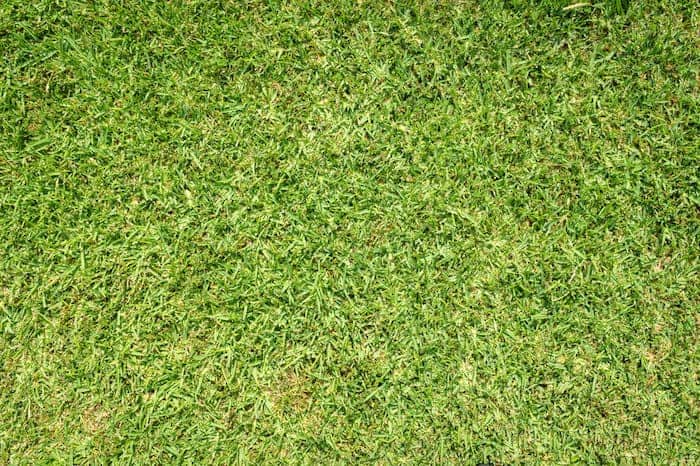What is St. Augustine Grass?
St. Augustine grass (also called st augustine, saint augustine and all-American lawn) is one of the most popular types of grass in the United States. This type of turfgrass grows well in USDA zones 8 through 11, but can be grown as far north as zone 7 with a little extra care. It has a medium to coarse texture and dark green color that’s perfect for anyone who wants their yard to look like it belongs on an episode of “Leave It To Beaver.”
St. Augustine grass is a warm-season grass that thrives in sunlight and grows quickly in spring, summer and fall – sometimes as much as two inches per day!
 Where does St. Augustine Grass Grow?
Where does St. Augustine Grass Grow?
This type of turfgrass grows best in these zones: st augustine (zones) – zoned areas with warm winters where plants can survive subfreezing temperature for up to three or four days but not more than that. St Augustine Grass is a type of flowering grass and has many varieties originating from different places around the world.
The st augustine varieties come from different places around the world: Mexico, Texas, Argentina and Uruguay are just some of their origins. They all have one thing in common though: they love warmth. Not only can st augustine thrive on sunnier locations (at least six hours of direct exposure), it also needs warmer nighttime temps so it can grow through winter months without stopping its growth cycle completely.
There are different varieties that come from different places around the world like mexico, texas, argentina and uruguay. They all have one thing in common though: they love warmth! They need at least six hours of direct sun exposure as well as warmer nighttime temps to grow through winter months without stopping their growth cycle completely. St Augustine Grass is a type of flowering grass. It thrives best in these zones: st augustine (zones) – zoned areas with warm winters where plants can survive subfreezing temperatures for up to three or four days but not more than that.
Does St Augustine grass spread quickly?
St. Augustine grass does not spread very quickly, which is one of the reasons it’s become so popular in the U.S. It can take a couple months before St. Augustine will start to invade other areas of your garden or lawn as well as reseeding itself – this means you don’t have to worry too much about St. Augustine taking over like some types do.
How do you winterize St. Augustine grass?
There are a couple of ways to winterize st augustine grass. You can apply an herbicide in late fall that will stop st augustine’s growth so it doesn’t grow during the cold months, or you can provide extra protection like mulch over top your st augustine lawn and add irrigation if there is snow on the ground
